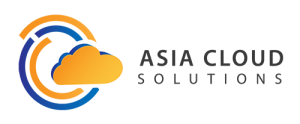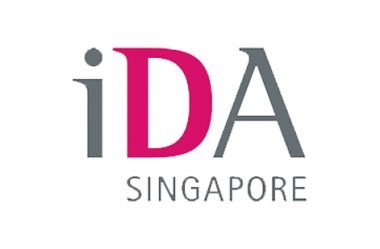Where cloud-computing is one of the best ways to gear up for business success, simultaneously, it is the responsibility of both the customer and public cloud service provider to maintain and manage a secure IT environment. Both sides must play their role in maintaining the security of the cloud to ensure that the data is safe and well-protected. And for this reason, it is referred to as shared responsibility environment.
Shared Responsibility Environment
It ensures optimum customer/user security and data safety, providing its services in a highly-secured and a controlled platform. It offers a wide range of security features that customers can use for their data protection. On the other hand, the customer’s role is to configure their IT environment in a controlled and secure manner.
The shared responsibility environment typically to relieve users’ from operational burden. It manages, operates as well as controls all components from the host OS (operating system) while the user/customer takes on the responsibility and management of the guest OS which includes updates & security patches. The customer also takes full responsibility of the associated application software programs and configuration provided security-group firewall.
Additionally, it also gives customers the flexibility to enhance their security to meet their compliance and industry specific certification requirements. This can be done by leveraging technologies like host-based intrusion detection & prevention, key management and encryption and host-based firewalls.

